|
| |
Introduction
People have rights to privacy and publicity. Generally, the right to privacy gives an individual the right to control information about themselves, while the right to publicity gives an individual the ability to protect their name or likeness from commercial exploitation.
Clipcentric greatly respects these rights of individuals, and we demand that our contributors do as well.
Therefore, any identifiable people in submitted shots MUST have an accompanying Model Release (Sometimes referred to as a Talent Release).
Contents of a Model Release
You may download our Model Release Template here.
If you will be using a different model release template, we will need to review it to make sure it includes the following:
(1) An acknowledgement of consideration given to the model
(2) The right for the assignment of the license to Clipcentric
(3) A release from both Privacy and Publicity claims
When is a Release Required?
Generally, a model release is required for any identifiable person in a photograph or video. For commercial use, the standard for releasing models is very high. Therefore, if there is any question as to whether or not a release is required, include one for every person in the shot.
A person may be identifiable even though their face is not visible. Examples include:
(1) The context of the shot, e.g. time and place
(2) Who else is in the shot
(3) A scar or tattoo
(4) Recognizable clothing
Furthermore, if the person in question is the main focus of the shot, the likelihood that a release is required increases significantly.
Below are some examples of grey areas and our analysis of why a release is or is not required:
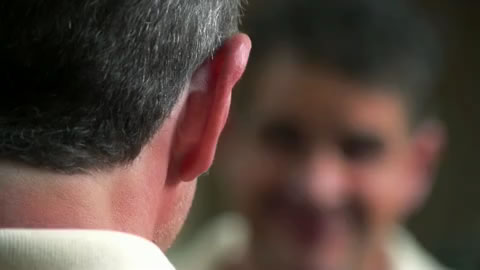 |
Release Required
Even though the front of this man's face is blurred, it is somewhat recognizable. This, coupled with the fact that he is the main subject of the shot makes a release required. |
 |
Release Required
In this shot, the man's face is mostly obscured by the apparatus. However, he appears in a non-generic context and he is the main subject of the shoot. A release is required. |
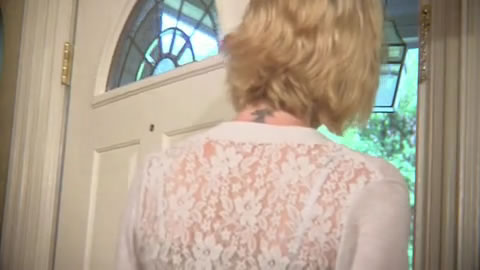 |
Release Required
Even though this woman is only visible from behind, she has a tattoo on her neck, which could identify her. Additionally, she is the main subject of the shot. A release is required. |
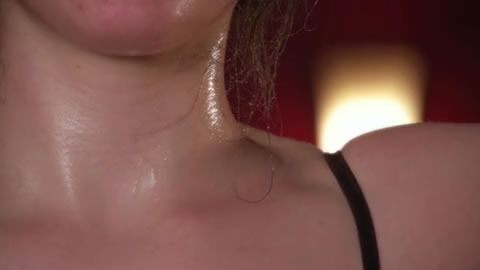 |
Release Required
In this shot, any identifying features of the model are almost completely cropped out. However, because the shot depicts the model in a state of little dress, a release is
required. Whenever the subject is wearing little clothing, or the shot captures an unclothed area as its focus, we require a model release.
|
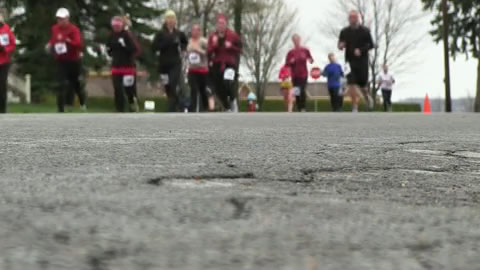 |
Release Required
Even though the people in this shot are not easily identifiable, the context of the race and the fact that they are in a group both adds to the chance that someone could identify one of the individuals. While this is indeed a grey area, due to our high standards, we require a release for everyone in such a shot. |
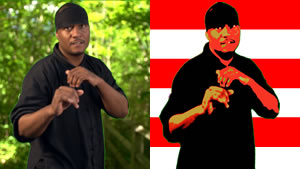 |
Release Required
In this example, we are referring to the stylized image in the right half of the picture. Even though this image has been heavily stylized, it is still a derivative work of the photograph on the left side, so a model release is required.
|
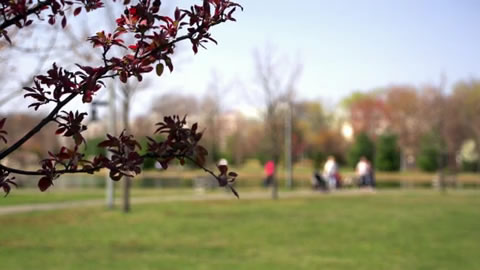 |
Release Not Required
While there are people visible in this image, there is no way they could be identified. They are far away and out of focus.
|
 |
Release Not Required
Due to the heavy silhouette and the fact that this is a shot from behind, this person is non-identifiable.
|
 |
Release Not Required
Such a close up requires no release, unless there are identifiable features.
|
 |
Release Not Required
The framing of this image results in no release being required, as only a close up of hair is seen.
|
|










